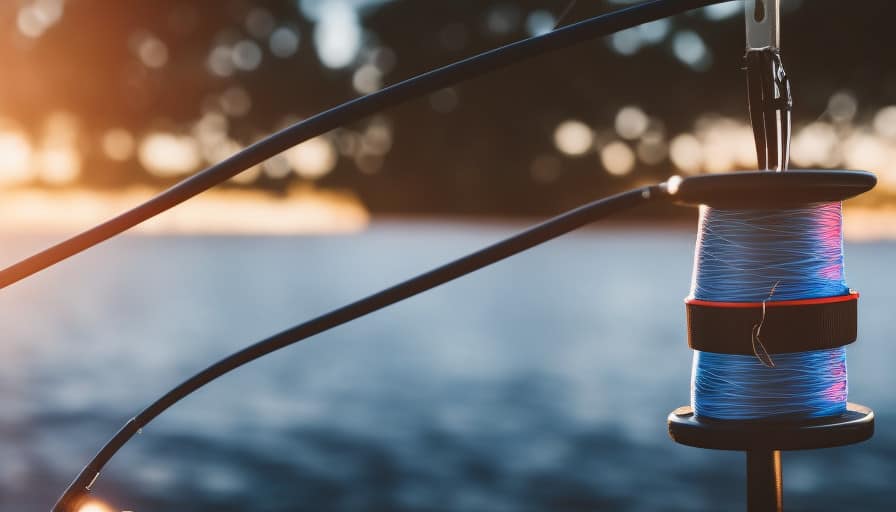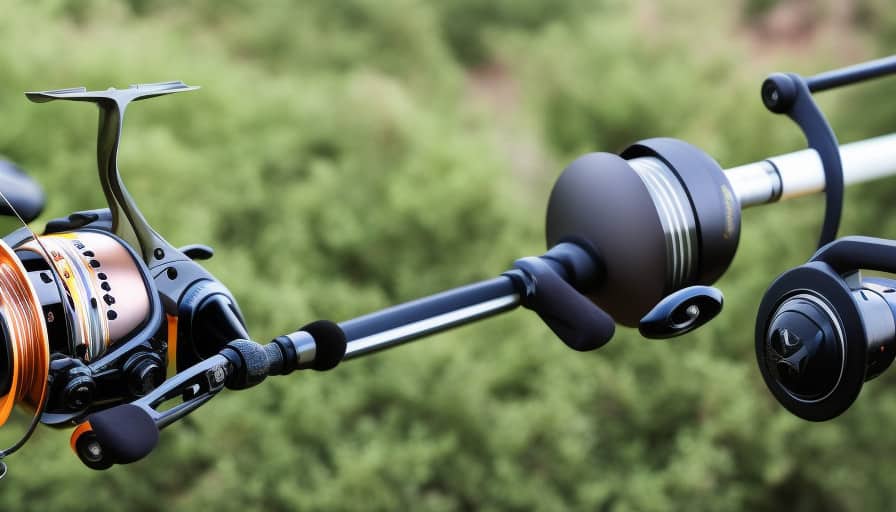This article provides a step-by-step guide on how to effectively put a weight on a fishing line. By following these instructions, anglers can enhance their fishing experience and increase their chances of success.
The selection of the appropriate weight is crucial, and the method of attachment must be secure. Additionally, the positioning of the weight on the line should be optimized for optimal fishing results.
By implementing these techniques, anglers can master the art of weighting their fishing lines and improve their overall fishing prowess.
Selecting the Right Weight for Your Fishing Line
The selection of an appropriate weight for a fishing line is a crucial step in ensuring successful and effective fishing. Choosing the correct weight for different fishing conditions requires an understanding of the impact of weight on casting distance and lure presentation.
The weight of a fishing line affects how far it can be cast and how well the lure is presented to potential fish. Heavier weights allow for longer casts, but may result in reduced lure presentation. Lighter weights, on the other hand, may limit casting distance but provide a more natural presentation.
Factors such as wind conditions, water depth, and target fish species should be considered when selecting the weight of a fishing line. Balancing the need for casting distance with the desire for optimal lure presentation is key to successful fishing.
Preparing the Fishing Line for Weight Attachment
To ensure proper preparation for attaching a weight to the fishing line, the angler should begin by examining the condition of the line and identifying any potential weaknesses or damage. This step is crucial as it helps prevent line breakage or failure when under the strain of a weight.
Once the line’s condition has been assessed, the angler can then proceed to select the appropriate fishing line weight. Different types of fishing line weights are available for various fishing techniques. For example, split shot weights are commonly used for finesse fishing, while bullet weights are suitable for flipping and pitching. The angler should consider the fishing conditions, target species, and desired casting distance when choosing the right fishing line weight.
Tying a Secure Knot to Attach the Weight
One crucial aspect of attaching a weight to the fishing line involves tying a secure knot that can withstand the strain and pressure exerted during the fishing process.
There are different types of fishing weights available, such as split shot, egg sinker, and bullet weights, each serving a specific purpose based on the fishing technique.
To choose the right knot for weight attachment, one must consider the type of line being used and the weight being attached. For monofilament or fluorocarbon lines, the improved clinch knot or the Palomar knot are commonly used. These knots provide a strong and reliable connection between the weight and the fishing line.
On the other hand, for braided lines, the Palomar knot or the double Uni knot are recommended due to their ability to grip the slick braid material effectively.
Positioning the Weight on the Fishing Line
Positioning the weight on the fishing line requires careful consideration of the desired depth, fishing technique, and target species. Different types of fishing weights are available, each designed to serve different purposes.
Factors to consider when choosing the position of the weight on the fishing line include:
-
Depth: If fishing in shallow water, a lighter weight may be sufficient, while deeper waters may require heavier weights to reach the desired depth.
-
Fishing Technique: Certain fishing techniques, such as bottom fishing or drop shotting, require the weight to be positioned differently on the line to achieve optimal results.
-
Target Species: The behavior and feeding patterns of the target species can also influence the placement of the weight. Some species may be more likely to strike at a bait that is suspended off the bottom, while others prefer bait that is resting on the bottom.
Testing and Adjusting the Weight for Optimal Fishing Experience
Testing and adjusting the weight on the fishing line allows anglers to fine-tune their fishing experience for optimal results. By employing various testing techniques, anglers can determine the ideal weight for a specific fishing situation. Troubleshooting common weight issues is an essential skill that can enhance one’s fishing success. Adjusting the weight involves considering factors such as the type of fish being targeted, water conditions, and desired casting distance. To assist anglers in understanding the importance of testing and adjusting the weight, the following table provides an overview of common weight issues and potential solutions:
| Weight Issue | Troubleshooting Techniques |
|---|---|
| Weight too light | Increase weight or adjust casting technique |
| Weight too heavy | Decrease weight or adjust casting technique |
| Uneven casting | Balance the weight distribution along the line |
| Snagging on the bottom | Use a lighter weight or adjust retrieval speed |
Conclusion
In conclusion, adding a weight to your fishing line is a simple process that can greatly enhance your fishing experience. By selecting the right weight, preparing the line properly, tying a secure knot, and positioning the weight correctly, you can ensure optimal results.
While some may argue that adding a weight can be cumbersome and affect the natural movement of the bait, it is important to note that the weight provides stability and control, allowing for better accuracy and depth control.
By following the step-by-step guide provided, you can effectively add a weight to your fishing line and improve your chances of a successful catch.



Leave a Reply